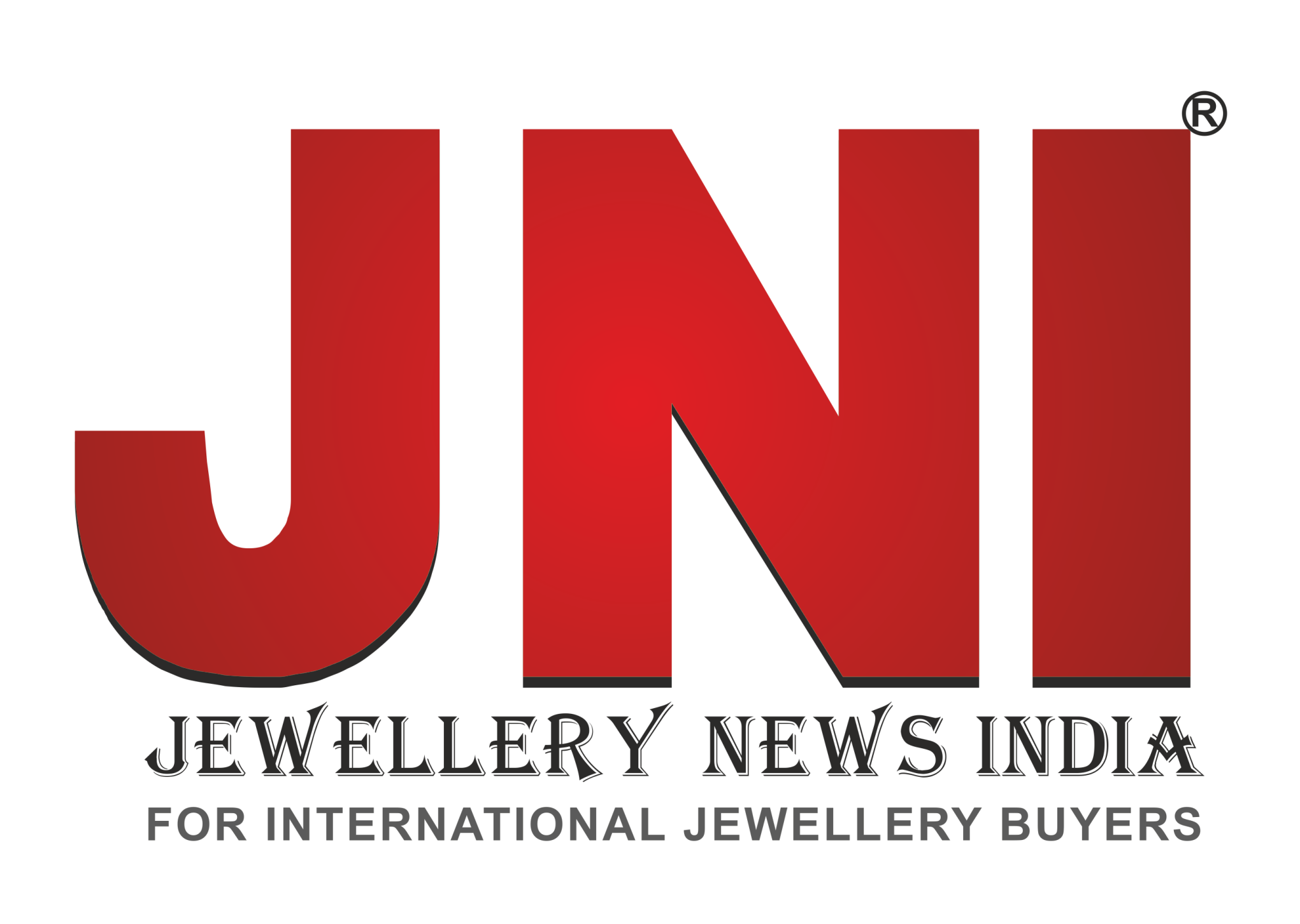Silver jewellery India at low demand of 6%
Previously it was featured a global jewellery demand for the year, here is the Silver jewellery demand for the year of 2020.
Following a record high in 2018, Indian silver jewelry fabrication fell by 5% to 69.0Moz (2,148t) last year. However, the recent economic slowdown, erratic monsoons and the deepening liquidity crunch all hurt demand. This was most pronounced in the rural sector, which had been the bedrock of the rapid growth that the market had experienced over the last decade.
In that regard, it is worth noting that off take last year was the second highest for that decade and more than three times volumes in 2010. For the record, the Indian economy in the 2019/20 financial year (April 2019-March 2020) is projected to grow at its slowest pace in the last six years.
Linked to this, there was a rise in non-performing assets (NPAs), which saw banks curtail their lending across much of the jewelry supply chain. The reduction in liquidity for small and medium-sized businesses was particularly acute and this, together with the downturn in the broader economy, hit consumer expenditure.
Lastly, although India saw above normal monsoons last year, the rainfall was still erratic, with many parts of the country experiencing either flooding or drought. Further to this, an extended southwest monsoon caused damage to many standing crops.
From a product standpoint, demand for traditional jewelry items, such as payals (leg chains) and toe rings, (which together account for more than 60% of the total) saw a sharp drop. By contrast, so called fashion jewelry saw double-digit growth. This segment is benefiting from young consumers shifting from gold to silver, which goes well both traditional and western-style clothing. However, the silver content is often as low as 30%.
Another growing segment is gold-plated silver jewelry, which is now popular among the upper middle class due to its finish (as it resembles gold jewelry) and attractive price points of Rs.10,000-Rs.30,000 ($130-$400). Lastly, sterling silver jewelry continues to resonate as new manufacturers enter this market and an increasing number of gold jewelry retailers showcase these products.
In contrast to weak domestic consumption, exports grew modestly in 2019 in volume terms. However, the value of these shipments jumped by 40% to $1.2bn. This reflected a concerted shift by many exporters towards higher margin merchandise. Much of this product was initially delivered to Hong Kong, for re-export to Europe and the Americas to 65.0Moz (2,021t) due to the continued slowdown in the economy and lockdowns related to the COVID-19 pandemic.
Within the year, we expect the first half to see a sizable drop as most manufacturing units remain shut. Even if the lockdown is relaxed in May, units may not return to full capacity until June or July as many artisans should take longer to resume work. That said, we expect a recovery to emerge in the second half, as festive and wedding related demand emerges, said in the world silver report.




